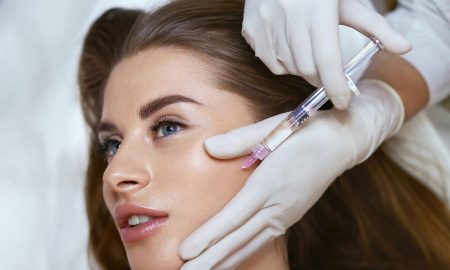
The Nature and Occurrence of Breast Implant Capsules
Every patient with breast implants will experience the development of a capsule around the implanted device. This capsule is soft, flexible, and does not cause a problem in most patients but sometimes it can act up.
Potential Complications and Capsulectomy
One of the primary complications associated with breast implant capsules is capsular contracture. In this scenario, the capsule around the implant can become hardened, leading to discomfort and pain. When capsular contracture occurs, the recommended course of action is a surgical procedure known as capsulectomy. During a capsulectomy, an incision is made, usually along the breast fold or the border of the areola. The surgeon carefully identifies and separates the capsule from the surrounding breast tissue, muscle, and ribs. This surgical process involves the removal of both the implant and the capsule. In some cases, a drainage tube may be temporarily left in place.
Variations of Capsulectomy
While capsular contracture is a common indication for capsulectomy, there are other circumstances where patients might choose this procedure. For individuals with suspected breast implant illness generally have unexplained symptoms such as brain fog, lethargy, gastrointestinal symptoms, and joint pain. They usually undergo a series of tests which all come back normal and doctors cannot explain their symptoms. When patients suspect their breast implants causing problems, they prefer to remove the implants and anything associated with the implants, which includes the capsules. In addition, the capsules can be sent for pathology which can help determine if the capsules have any evidence of problems or inflammation that could be contributing to the unexplained symptoms. Capsulectomy is a great way of ensuring that everything gets removed.

Assessing the Risks and Recovery
It's important to note that capsulectomy involves potential risks, including the possibility of damage to deeper structures like ribs and lungs. Thus, consultation with an experienced plastic surgeon is crucial. As for the recovery process, it is often less strenuous than patients anticipate. Typically, a recommended recovery period of 5-7 days away from school or work and approximately 6 weeks of refraining from strenuous activities is advised.
Post-Capsulectomy Appearance and Considerations
The aftermath of breast implant removal, with or without capsulectomy, generally yields comparable aesthetic outcomes. The capsule itself, when not significantly thickened, has minimal impact on appearance. For those concerned about post-surgery sagging, consulting with a plastic surgeon regarding the need for a breast lift is recommended.
For more information, visit Dr. Jeffrey Lee's social media:
























